Thanks to a longstanding reintroduction programme, the European bison population in the Southern Carpathians rewilding landscape in Romania is now growing rapidly. As it expands, rewilding efforts are shifting their focus towards coexistence and ecological impact.
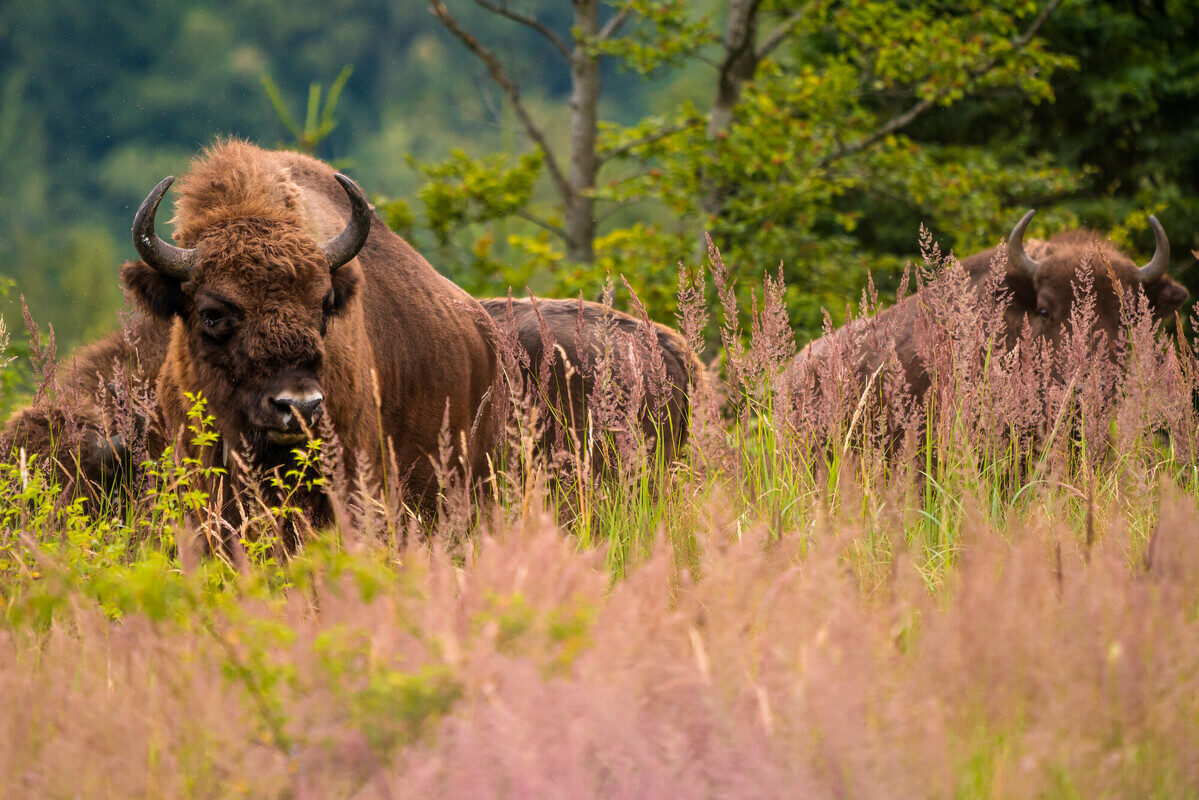
Remarkable return
Between 2014 and 2021, Rewilding Europe and WWF Romania translocated 105 bison to the Țarcu Mountains – a part of the Southern Carpathians rewilding landscape where no wild bison had roamed free for at least 250 years. With the population now expanding naturally, the focus of bison rewilding programme is also evolving.
“We are now entering a new stage,” explains Marina Drugă, Executive Director of Rewilding Romania. “Out of the 152 bison that currently roam free in the landscape, almost half have been born in the wild. For a bison population to become genetically viable, it needs to reach 150 mature individuals, which means a total population of around 350 to 400 animals. We are closely monitoring the growth and genetic diversity of the herd as it moves towards this point, as well as continuing efforts to maintain harmonious and productive relations between bison and local communities.”
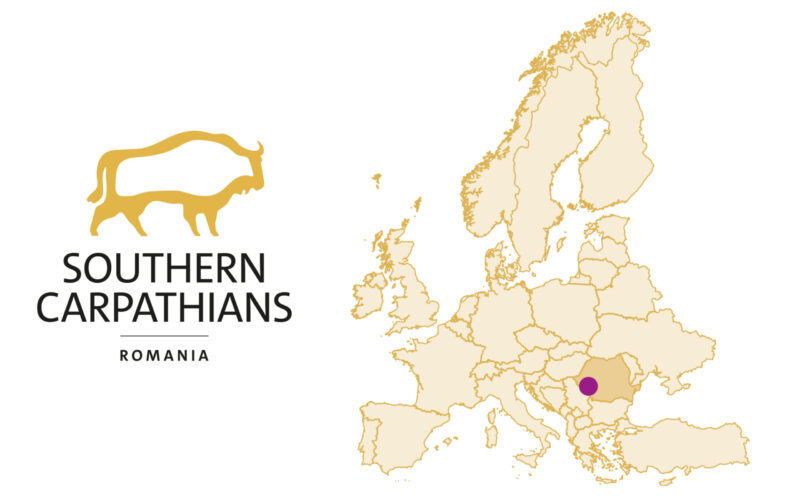
Genetic analysis
In 2022, a genetic study was carried out on the bison population in the Țarcu Mountains by the WWF Romania field team, involving the collection of 292 scat samples. Subsequent laboratory analysis was carried out by a team from the Senckenberg Society for Nature Research at the Centre for Wildlife Genetics in the German town of Gelnhausen, in collaboration with an expert from WWF Romania. Adding these results to those of a first genetic study performed in 2021, the total number of bison individuals identified by unique DNA (genetic profile) was calculated to be 127, of which 30% were male and 70% were female.
Based on this data, the current bison population in the Țarcu Mountains is thought to number around 152 individuals.
“We estimate that only 77 of these animals were reintroduced between 2016 and 2021, so that means effectively half were born in the wild,” explains Marina Drugă. “In 2022-2023, we’re expecting the second generation of bison born in the wild, so this percentage will increase again. If the population continues expanding at a similar rate, I would expect it to number between 350 – 450 individuals by 2030, although this is a ballpark figure.”
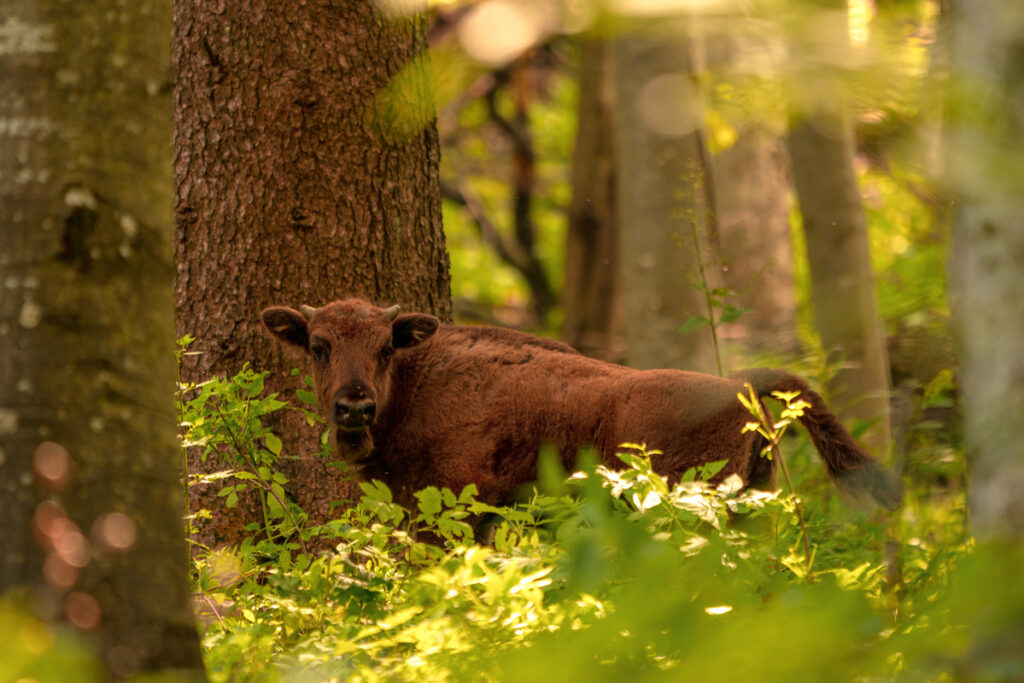
Record-breaking expansion
As the total number of bison in the Southern Carpathians rewilding landscape increases, so the range of the population is also steadily growing. The latter is currently estimated by the rewilding team to be around 230 square kilometres, representing the largest range expansion of any reintroduced European bison herd to date. This can be partly attributed to the fact that the animals receive no supplementary feeding, as is the case with a number of other free-roaming European bison populations. Some animals, which are tracked using GPS collars, have been seen to reach elevations as high as 2100 metres, which is also a record for the species.
“The movement of the herds is typically influenced by meteorological conditions,” explains Marina Drugă. “In cold weather, when there is a lot of snow, the bison tend to gather in big groups of 20 to 40 individuals and use small areas where the most food is available. In warm weather, they stay in smaller groups of around five to 10 animals and move extensively in search of food.”
GPS movement of reintroduced European bison in the Southern Carpathians of Romania, recorded in 2020.
Ecological boost, economic boost
The successful return of the European bison in the Southern Carpathians is good news for nature and good news for local communities. European bison are a keystone species: their grazing helps to maintain biodiversity-rich mosaic landscapes of forests and grasslands, while they also form a key component of local food webs.
Before bison were reintroduced into the Țarcu Mountains, tourism was almost non-existent in the area. Today, with the giant herbivores acting as an increasingly potent tourism drawcard, more and more locals are now able to make an additional income from activities such as guiding, driving, providing meals and local products, and hosting visitors. This helps to increase local appreciation for the animals and for other wildlife species and wild nature in the area.
A number of measures have been taken to ensure bison and local residents live harmoniously alongside one another, such as the installation of electric fences, ranger patrols, the use of GPS collars, educational programmes and awareness campaigns.
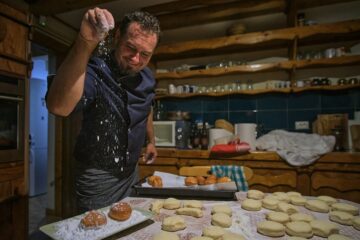
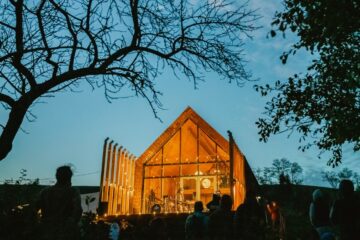
A brighter future
In the near future further studies on the reintroduced bison are planned. These will examine variables such as the impact of the bison on local habitats, with the interaction between bison, vegetation and dynamic ecological processes central to the rewilding of the overall landscape. Other studies to be carried out in the near future will look at variables such as DNA (genetic viability and dynamics of the herds within their home range), diet (through a DNA-based technique of plant and animal identification called metabarcoding), parasitology, and the ecological and sociological carrying capacity of the landscape.
“We now have a unique opportunity to examine in detail how a rapidly growing, free-roaming herd of European bison interacts with the landscape,” says Marina Drugă. “What we learn will hopefully have a beneficial impact on other European bison reintroduction initiatives and help to scale up the overall recovery of this majestic and ecologically important animal.“
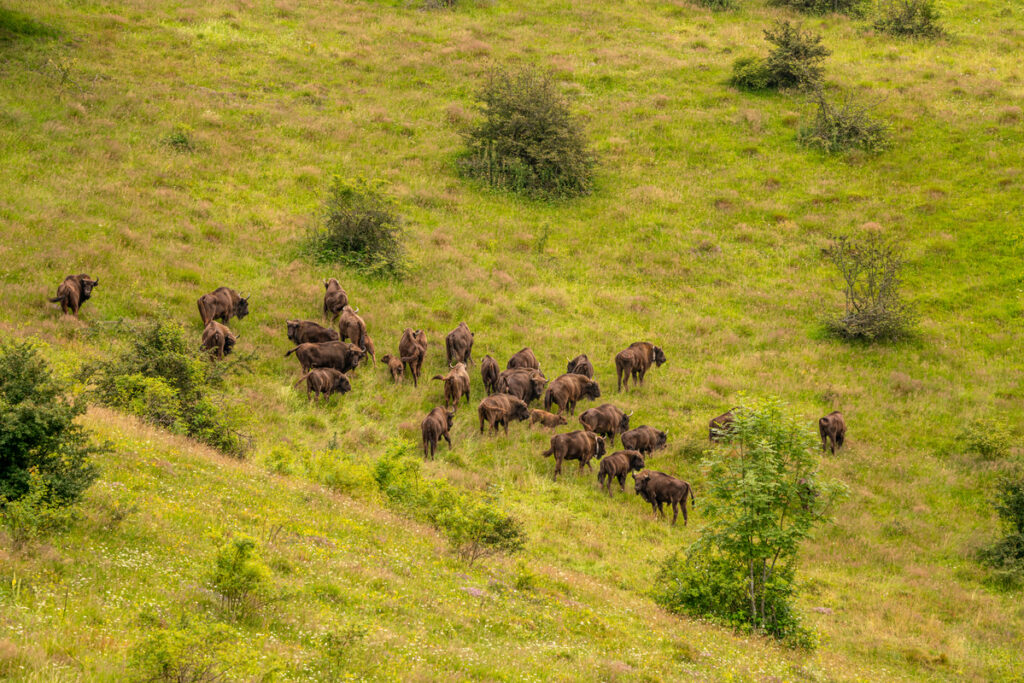
Back from the brink
As Europe’s largest living wild land mammal, the European bison once roamed across most of Europe, but sustained hunting and habitat loss saw its range continually shrink across the centuries. When the last wild European bison was shot in the Caucasus in 1927, there were only 54 European bison left alive, all in captivity. Thanks to various breeding programmes and reintroductions, the species has made a remarkable comeback. Over the last 10 years the estimated number of free-roaming European bison has increased from 2579 to 7000 individuals, with the largest herds found in Belarus and Poland.
Want to know more?
This blog is an adapted version from a longer story entitled “Bison beyond”, which featured in the Rewilding Europe Annual Review 2022.
Download a PDF of the story Or check out our Annual Review 2022
